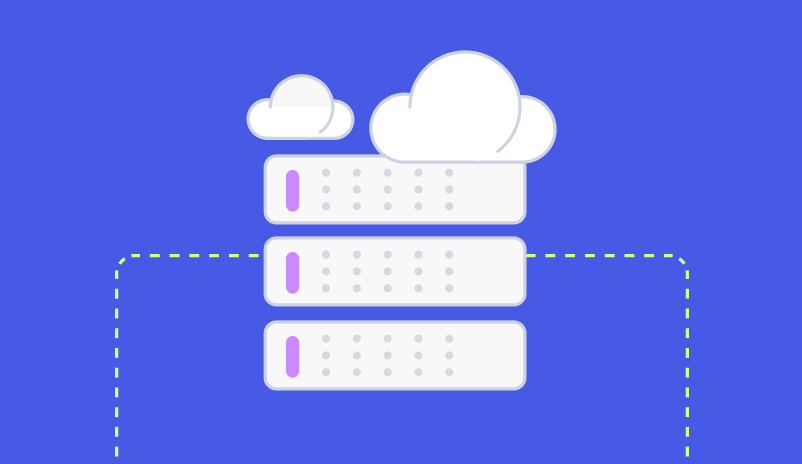Why And How To Use Personalization And Data To Learn About Your Customers In 2020 [and Beyond]
New decade, new strategy.
Every day, companies vie for customers’ attention, loyalty and money.
Personalization is one way to stand out. In fact, some predict the personalization economy will be one of the biggest business models that every company should follow. If it’s not yet part of your marketing strategy or growth plan, think about how to get an edge.
Don’t worry, there’s still time to get up to speed. But remember you’ll also need a rock-solid data collection and analysis strategy to personalize your products and services.
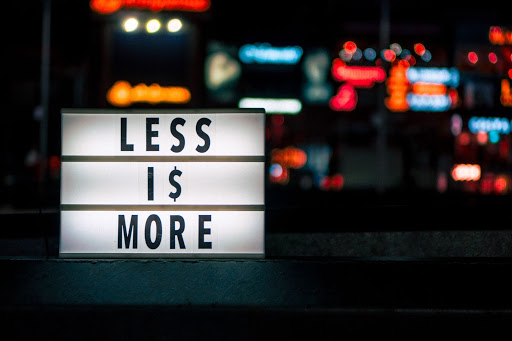
ROI and customer retention
Personalization of products and services makes good business sense. Personalization can yield a 5-15 percent increase in revenue and a 10-30 percent increase in cost-effectiveness of marketing spend. Despite this, only 15 percent of CMOs think their company knows what they’re doing regarding personalization.
It’s time they got with the program. Around ninety-one percent of customers are more likely to shop with brands that provide offers and recommendations based on their past purchases.
That means personalizing the customer’s experience is a no-brainer. If most customers want help to make decisions based on their preferences, your customer acquisition strategy can take a back seat. Masses of one-off consumers can help boost your bottom line but nurturing your existing relationships is what will help you stay in the game longer.
Instead of spending cash on customer acquisition, you can focus on customer retention. Referrals and repeat customers are a far more cost-effective way to create a sustainable business and scale up.
So work on creating a tailored customer journey and curated experiences to keep customers coming back, rather than a hundred different marketing campaigns in the hope of randomly capturing qualified leads. An easy way to do this? Real-time, personalized abandoned cart emails, like the example below.
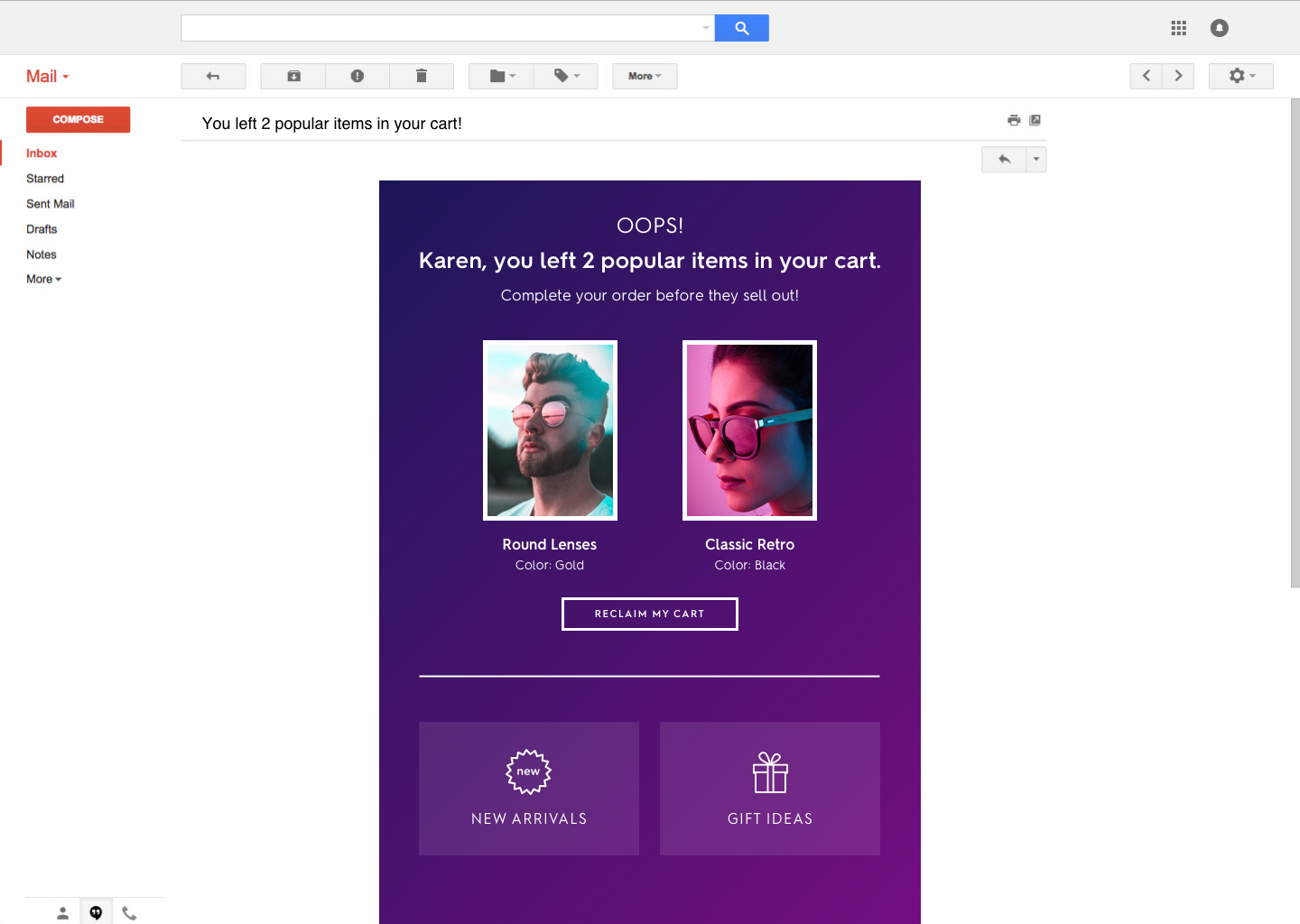
Higher Value Products
You can make customers feel unique and special by personalizing products. Nike is just one of many brands offering personalized styling experiences. And although Nutella and Coca-Cola have only done the minimum – slapping a name on their original products – it still proved popular with customers.
Personalization can help you build a strong connection between your brand and customers. Plus increase your brand awareness. Best of all, companies that create personalized products offer a sense of exclusivity and perceived higher value which justifies a higher price.
Companies can create a whole new range of products just by personalizing their existing ones or keep customers coming back for more customized products and experiences.
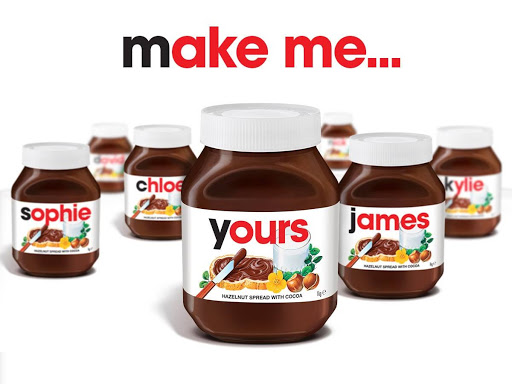
How data is collected in 2020
To get enough quality data to create tailored experiences, you’ll need to think of the best way to get data from customers. From Fitbits to virtual concierge hotel rooms, to personalized loyalty and rewards tracking, personalization is making our lives more streamlined.
In 2020 and beyond, companies are using advanced techniques to get data. Snazzy and sophisticated? Hell, yes. Absolutely essential? Well, it depends.
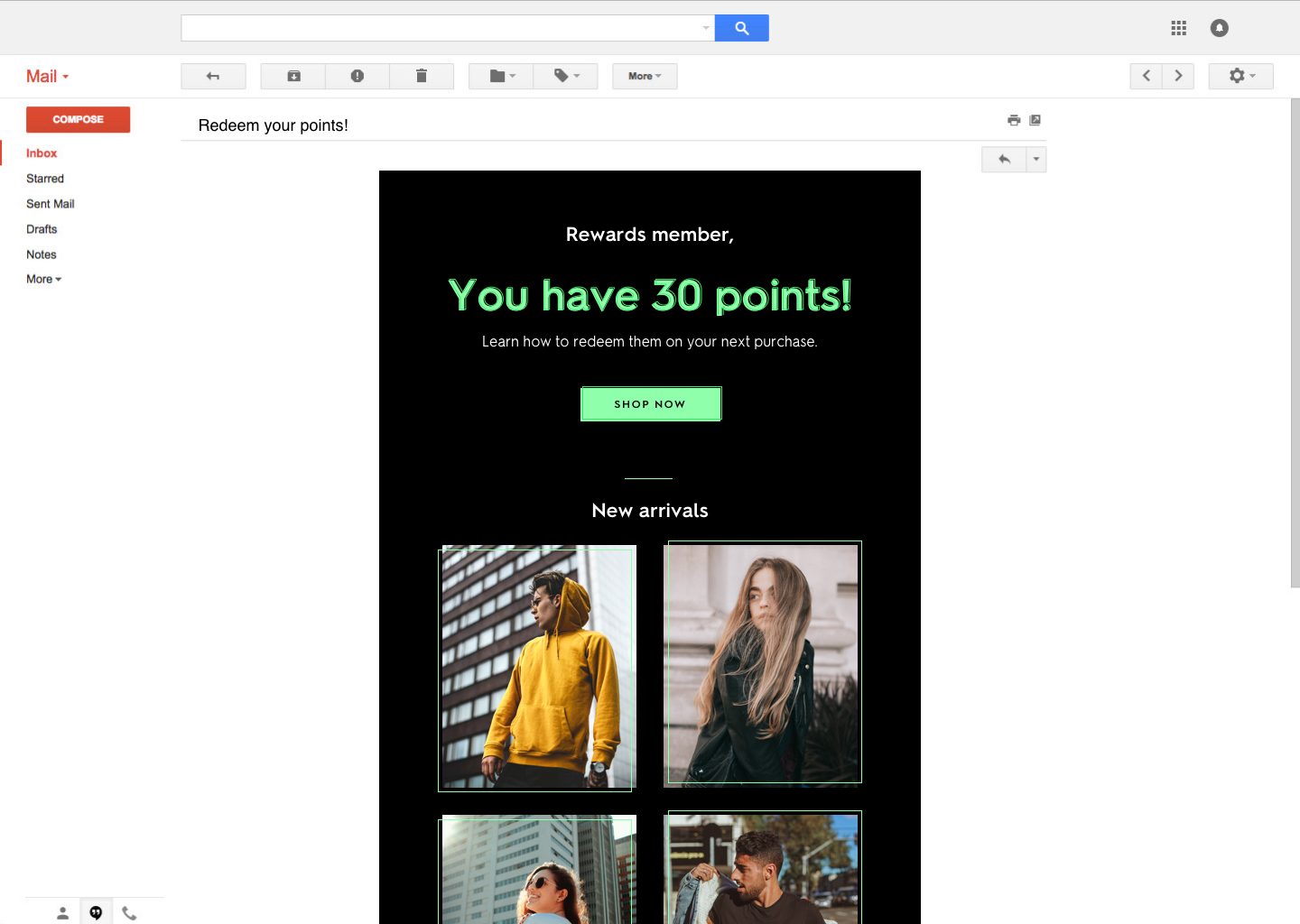
“Hello Siri. What do I want?” AI, algorithms and RFID
It’s no surprise that our best virtual friends, Siri and Alexa, are collecting lots of juicy gossip about us. Part of the reason is to understand what we might want and recommend a product or service to serve that need. The common, everyday questions we ask mean Siri and Alexa have stored huge amounts of data about our lifestyle preferences. That’s both useful and a little scary.
Netflix uses an algorithm to suggest TV shows to viewers. While they can sometimes be a bit off, it’s still a nifty way to personalize the experience for members and cut out one less decision. You’ll never need to fight with your loved ones again about what to watch for TV tonight. Netflix knows all.

Source: MiceChat
Even Disney’s gone digital in the name of enhanced and more personalized user experience. Their RFID tracking bracelets called MagicBands, help provide a seamless experience – to prebook and prepay for rides, food, hotels and car rentals – and the details they gather can definitely make it seem like a magical kingdom in more than one way.
Hyper-personalization could become the norm. Some predict that by 2025, our data will be collected by sensors and digital devices in our homes, stores, cars and on our bodies as wearables. This data will be used to create more products that we want or need.
Time will tell. For now, there are more simple and cost-effective ways to learn more about your customers. There’s no need to reinvent the wheel or invest big bucks.
Interactive content: A no-fuss and fun way for customers to give data
Breathe a sigh of relief. There’s an easier way to know what your customers want.
Interactive content is an easy way to learn more about your customers. As the name suggests, interactive content makes the customer engage with the content and brand rather than passively consume it.
An estimated 45 percent of customers found interactive content to be very effective compared to only 6 percent saying the same about passive content.
Social media contests, giveaways and quizzes are excellent examples of interactive content.
You can use interactive content on your website, social media channels, or through your newsletter or email list.
Make a quiz for customers to answer and win a prize, or simply create a fun game to learn more about the customer. Throw in a few dad jokes, cheesy GIFs and some pop culture references to keep customers chuckling and keen to know the answers.
Think about the design. The flow of the quiz, its simplicity, sense of fun and mixing it up to keep it interesting, are all fundamental to its success.
But colors, font, spacing and layout according to brand guidelines are also vital to engage readers in the first place. So make sure you spend some time making it pretty. Beta-test it, measure the results, and tweak it. Rinse and repeat.
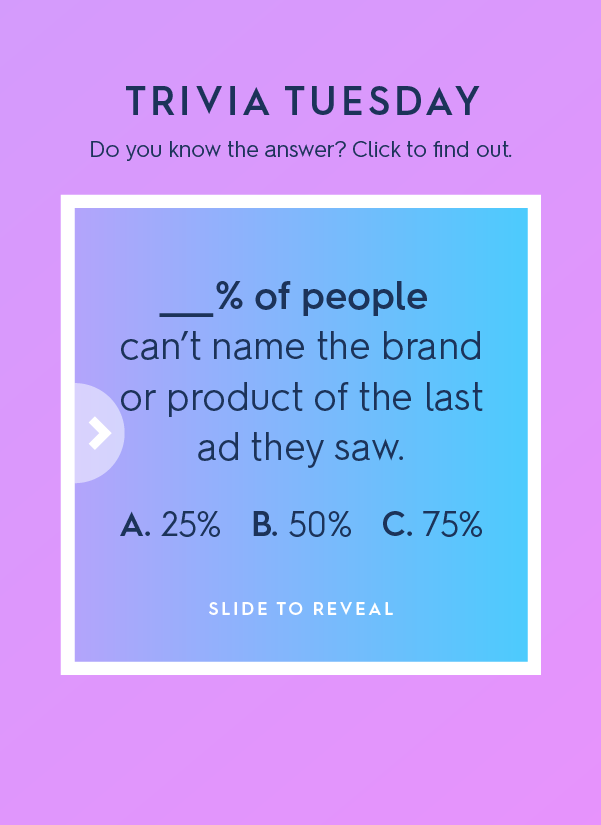
Collect data transparently
There’s no harm in collecting data to help make the customer experience smoother and enjoyable. But be clear about why. It doesn’t make any business sense to jeopardize the trust your customers give you. As quick as you can say unsubscribe, they’ll switch to your competitors.
If you’re upfront and honest about how you collect data and for what purpose, you’re more likely to have happier customers who trust you. As long as you use that data to make their lives easier – better service, lower costs, higher quality – customers won’t bat an eyelid about giving their personal details.
We’re now well and truly into 2020. Are you lagging behind on Q1 goals? Think about how to connect to your customers more deeply. Personalizing the customer experience and your products and services could be the game changer. Using the latest technology and interactive content, gather data from your customers to gain insights that will form the foundation of your personalization strategy.
Interested in how Zembula can help? Click here to chat with an expert!
Grow your business and total sales




